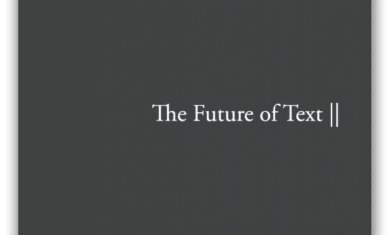As I’ve been working to improve my content on my LinkedIn profile over the past few months, I’ve learned a lot about how their algorithm works. For a while I was trying to tailor my posts to better suit their algorithm, but I’ve learned to (mostly) ignore it and focus on providing great value.
For example, LinkedIn tends to show posts to more people if there aren’t any links in it. This makes sense, because it’s less likely to be spam, but it leads to weird outcomes. Either people omit links that might have brought more value to the post, or they do the cute “link in the comments” thing to get around it.
That’s not a horrible idea, but it’s silly to have to play those games.
For example, in this post about mistakes I discussed a study from the American Psychological Association, so the post was more valuable if I included that link.
Or in this post about anchoring your new product to an existing idea, I linked to a podcast from Seth Godin and a link to an article on Compio that provided more context.
I’ve also recently talked about the growing trend of sharing screenshots instead of links. That’s often for dubious content that would be unraveled with a link, but it’s along the same lines. Algorithms that discourage links are also discouraging context for posts, which can be very problematic.
If all of these links start burying my posts on LinkedIn, perhaps I’ll change my mind. I hope not, though, as I’d rather focus on bringing valuable content than worry about what LinkedIn’s algorithm thinks about it.




